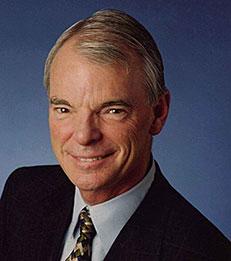Opinion
Beyond Unemployment
—


One figure – the share of people with jobs – can no longer be considered sufficient to measure the health of an economy, let alone the wellbeing of its labor force.
By A. Michael Spence
For much of the post-World War II period, economic policy has focused on unemployment. The massive job losses of the Great Depression – reversed only when World War II, and the massive debt accumulated to finance it, kick-started economic growth – had a lasting impact on at least two generations. But employment is just one facet of welfare, and in today’s world, it is not enough.
The growth patterns between WWII and about 1980 were largely benign. There were recessions, but unemployment remained low. Labor’s share of income rose gradually, with middle-income groups, in particular, achieving greater prosperity and upward mobility. In the United States and elsewhere, the central bank’s mandate was straightforward: maintain full employment and keep inflation under control.
This unemployment-focused mindset endures today. It is reflected, for example, in discussions on artificial intelligence and automation, which increasingly focus on fears of technological unemployment. The US economy is considered to be relatively healthy, because unemployment is at historical lows, growth is moderate, and inflation is subdued.
Read the full Project Syndicate article.
__
A. Michael Spence is a William R. Berkley Professor in Economics & Business.
The growth patterns between WWII and about 1980 were largely benign. There were recessions, but unemployment remained low. Labor’s share of income rose gradually, with middle-income groups, in particular, achieving greater prosperity and upward mobility. In the United States and elsewhere, the central bank’s mandate was straightforward: maintain full employment and keep inflation under control.
This unemployment-focused mindset endures today. It is reflected, for example, in discussions on artificial intelligence and automation, which increasingly focus on fears of technological unemployment. The US economy is considered to be relatively healthy, because unemployment is at historical lows, growth is moderate, and inflation is subdued.
Read the full Project Syndicate article.
__
A. Michael Spence is a William R. Berkley Professor in Economics & Business.
